
Published:
Readtime: 7 min
Every product is carefully selected by our editors and experts. If you buy from a link, we may earn a commission. Learn more. For more information on how we test products, click here.
New South Wales residents will soon be eligible for the Federal Government’s COVID-19 disaster payment, following the extension of lockdown orders to Greater Sydney. In an announcement on Saturday, Premier Gladys Berejiklian confirmed that residents who live or work in Greater Sydney, the Blue Mountains, the Central Coast and Wollongong will be subject to stay-at-home orders for two weeks, starting from 6pm Saturday 26 June. The move will see a number of non-essential business electing to close down or reduce staffing, leaving Sydney-siders now eligible for the recently introduced COVID-19 disaster payment.
You’ll also like:
What are Non-Essential Services? A Full List of Australia’s Essential Businesses
56 Places You Can Buy Face Masks in Australia
Melbourne’s Tough New Lockdown Restrictions Explained
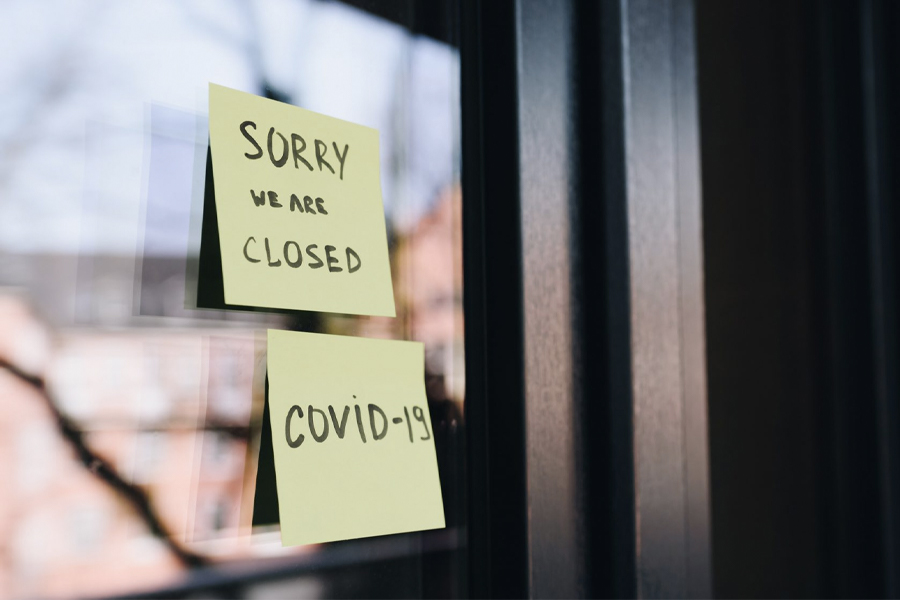
What is the Pandemic Leave Disaster Payment?
Residents in New South Wales and Victoria are now eligible for the Pandemic Leave Disaster Payment, a scheme aimed at reducing the burden on impacted Australians in the wake of the COVID-19 conditions. But with so much uncertainty surrounding the government’s plan to extend or end the current wage programs, what does the new addition really mean?
Introduced during Melbourne’s most recent lockdown, the Pandemic Leave Disaster Payment is a weekly lump sum payment designed to help struggling residents with their financial requirements. The handout was instigated to curb the growing economic pressure on those people who are required to self-isolate, quarantine or care for someone. Treasurer Josh Frydenberg confirmed today the COVID Disaster Payment would be available to people impacted in Sydney’s east from July 1. The payment is $500 a week for people who usually work more than 20 hours a week who are now no longer being paid. For those working less than 20 hours per week, the COVID-19 disaster payment is $325.
Who is Eligible for the Pandemic Leave Disaster Payment?
To access the government’s COVID-19 disaster payment, you can not have more than $10,000 of liquid assets or be receiving any type of Centrelink payments. Further, the Commonwealth must have declared the area a hot spot. At this stage, the seven local government areas eligible are:
- The City of Sydney
- Waverley
- Randwick
- Canada Bay
- Inner West
- Bayside
- Woollahra
According to Services Australia, the easiest way to claim is over the phone. If you are required to isolate for longer than 14 days, you must submit a new claim for each isolation period. You can also print and complete the claim and fax it to your state’s official services department. The government entity has confirmed, however, that it is your responsibility to decide to claim for this payment based on your personal circumstances. It’s also your responsibility to make sure the information you provide is true and correct, so be sure you are honest. For more information on the Pandemic Leave Disaster Payment, visit the official Services Australia website.
How to Get COVID-19 Disaster Payment
If you are looking to get the COVID-19 disaster payment, you will need to follow the steps laid out on the Services Australia website. According to the guide, here is how to get the COVID-19 disaster payment:
- Check what you can get – If you’re affected by COVID-19, the payment you may be able to get depends on your situation. The eligibility rules are different for each payment.
- Prove your identity and link Centrelink to myGov
- Make a claim – The easiest way to claim most payments is online, but some payments have specific rules. Before you start, check the information for the payment you want to claim.
- Report your income and manage your payment – Some payments have income reporting requirements. In this case, your payment will stop if you don’t report your income each fortnight. You may also have other commitments you need to manage. This may include job search activities and letting us know about any changes to your circumstances. Check what applies to the payment you’re claiming.
With Sydney and surrounding areas now facing more than one week of new lockdown restrictions, the Federal Government’s hotspot declaration is currently only extended until June 30. As a result, the disaster payment scheme may have to be extended, should the lockdown last longer than the current July 2 deadline.
How Much is the COVID-19 Disaster Payment?
The payment is $500 a week for people who usually work more than 20 hours a week who are now no longer being paid. For those working less than 20 hours per week, the COVID-19 disaster payment is $325. According to the latest announcements, even if the state restrictions and federal hotspot designation are lifted after Friday, eligible recipients will still receive either the $325 or $500 payment, as the money is triggered on the eighth day, rather than being paid on a pro-rata basis.
The Pandemic Leave Disaster Payment effectively answers the lingering question of how Aussies who are stuck in quarantine will be able to stay afloat. While the ability to go to work and earn money has been put on hold, the general day-to-day bills certainly have not. The AUD$500 payment allows those under restrictions who are eligible to pay rent, afford food and maintain some form of economic normality.
Those who are on other forms of welfare or who could take pandemic leave are excluded, however, some of the mutual obligations requirements which see people on welfare forced to go to job interviews, have been suspended for people in the City of Sydney, Waverley, Randwick, Canada Bay, Inner West, Bayside, and Woollahra until Tuesday, July 6.
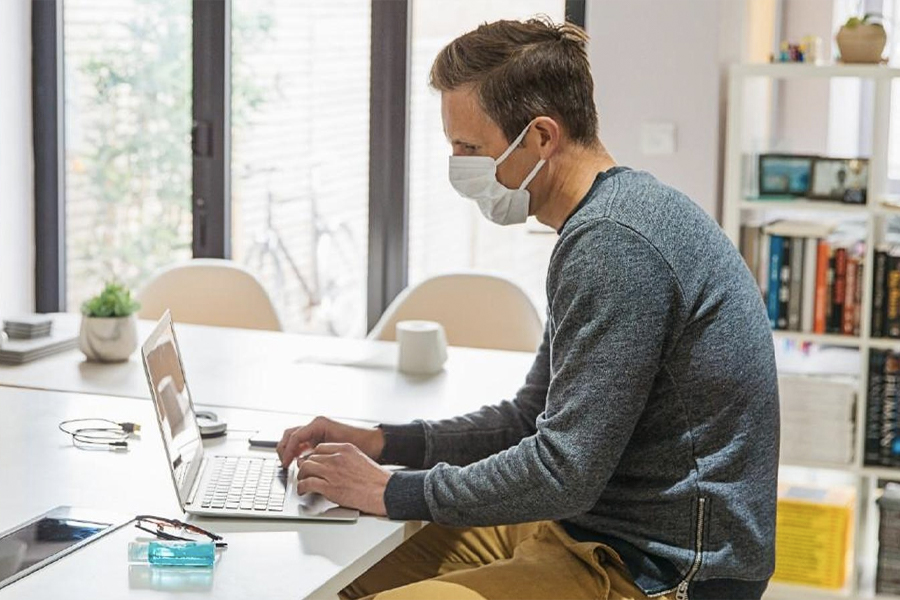
Pandemic Leave Disaster Payment Criteria
However, in order to receive the Pandemic Leave Disaster Payment, you must meet the criteria. For NSW residents, this means you may be eligible if NSW Health has told you to self-isolate or quarantine. They need to give you these directions for any of the following reasons:
- you have coronavirus (COVID-19)
- you’ve been in close contact with a person who has COVID-19
- you care for a child, 16 years or under, who has COVID-19
- you care for a child, 16 years or under, who’s been in close contact with a person who has COVID-19.
- You may also be eligible if you’re caring for someone who has COVID-19.
You must also meet all of the following:
- you’re at least 17 years old and live in New South Wales
- you’re an Australian resident or hold a visa that gives you the right to work in Australia
- you’re unable to go to work and earn an income
- you have no appropriate leave entitlements, including pandemic sick leave, personal leave or leave to care for another person
- your period of quarantine is after 17 September 2020.
The good news is that if you’re a member of a couple, you can both claim the payment. You and your partner will need to complete separate claims, but the opportunity is there for payments to be received from both parties. That being said, you won’t be eligible for the Pandemic Leave Disaster Payment if you receive any income, earnings or salary from paid work, ABSTUDY Living Allowance, Paid Parental Leave or Dad and Partner Pay or JobKeeper Payments whilst isolating.

General FAQs
The COVID-19 disaster payment is $500 a week for people who usually work more than 20 hours a week who are now no longer being paid. For those working less than 20 hours per week, the COVID-19 disaster payment is $325.
To access the government’s COVID-19 disaster payment, you can not have more than $10,000 of liquid assets or be receiving any type of Centrelink payments. Further, the Commonwealth must have declared the area a hot spot. At this stage, the seven local government areas eligible are The City of Sydney, Waverley, Randwick, Canada Bay, Inner West, Bayside and Woollahra.
You’ll also like:
What are Non-Essential Services? A Full List of Australia’s Essential Businesses
56 Places You Can Buy Face Masks in Australia
Melbourne’s Tough New Lockdown Restrictions Explained


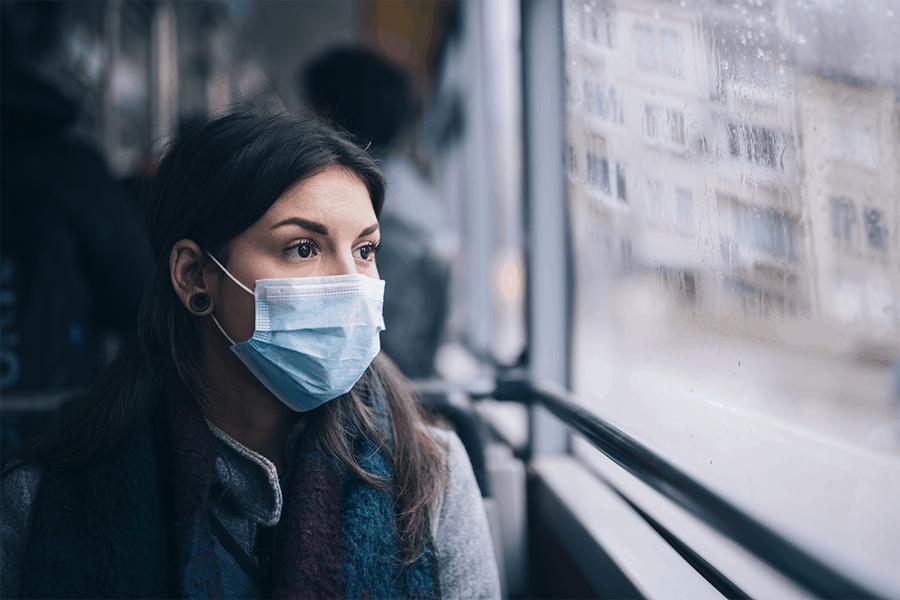

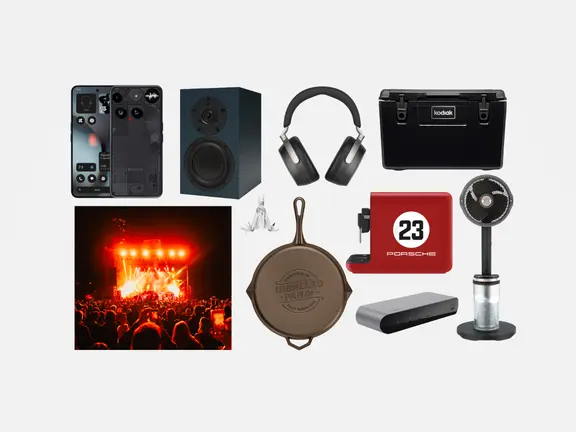


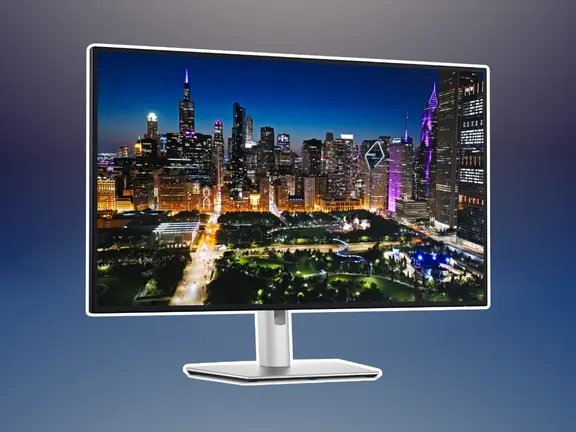
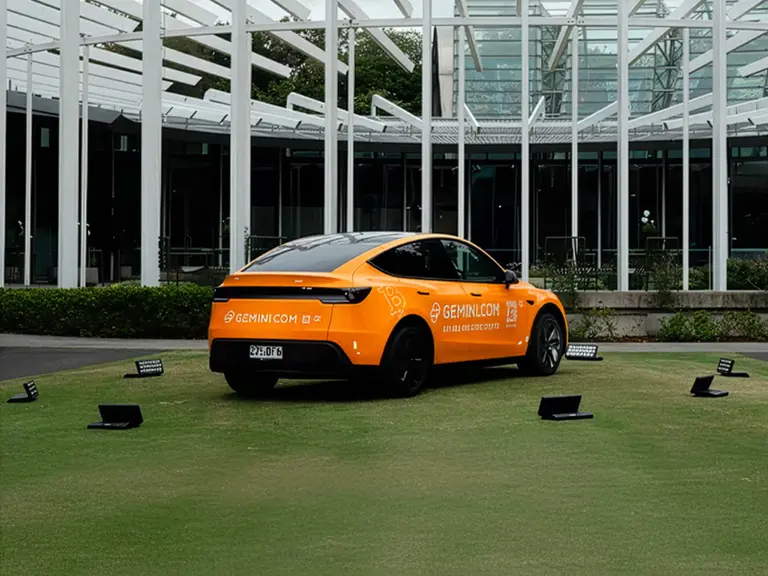




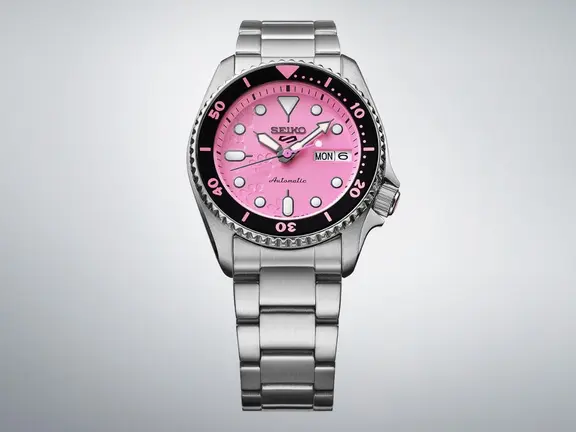
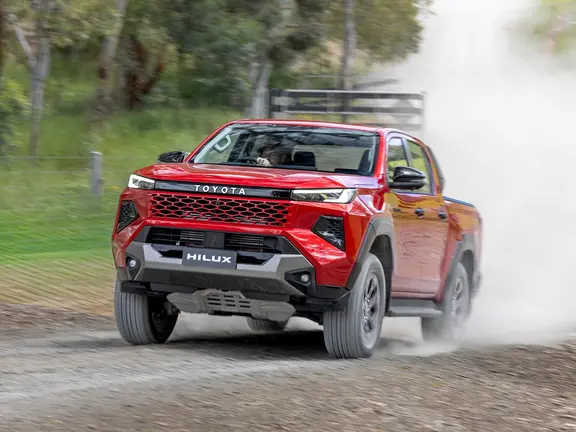



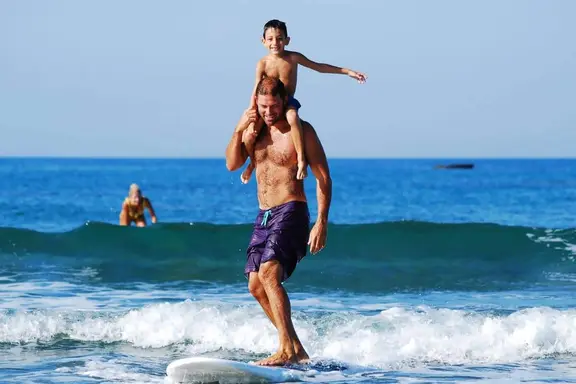








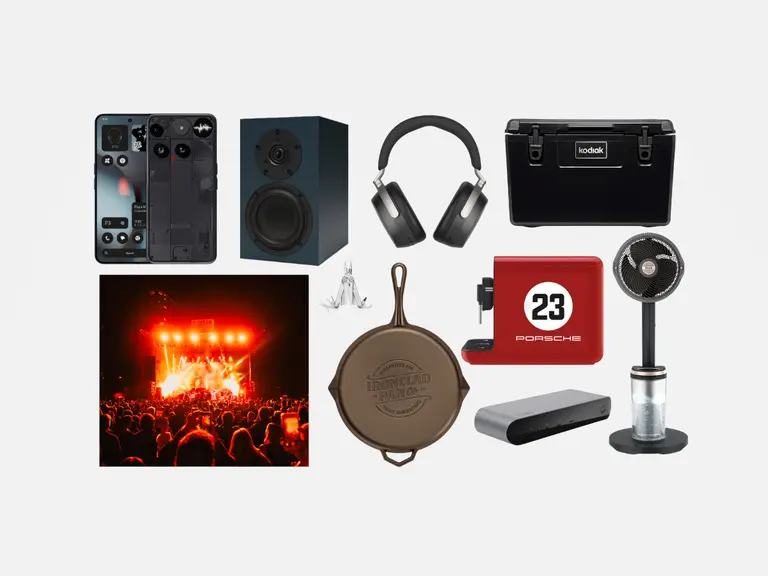


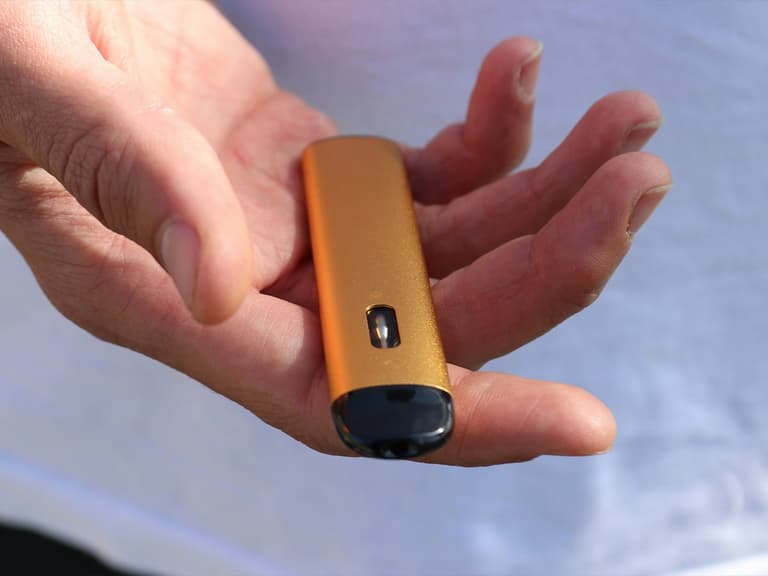
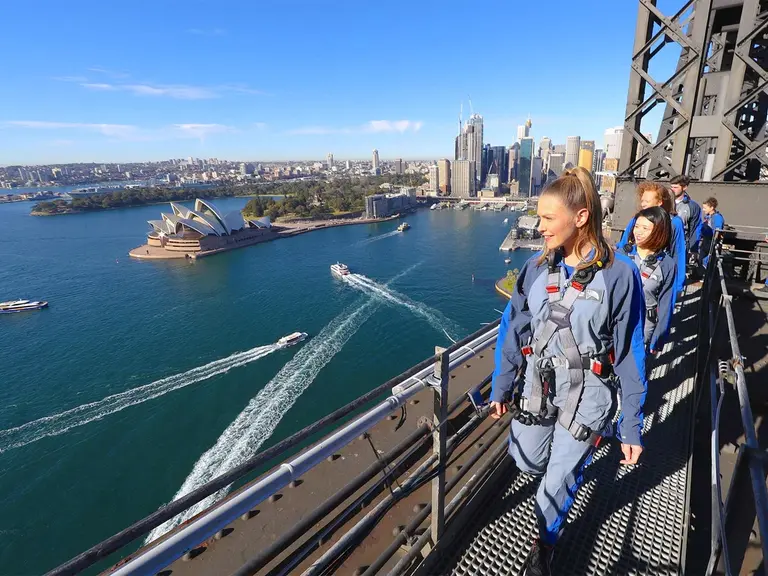
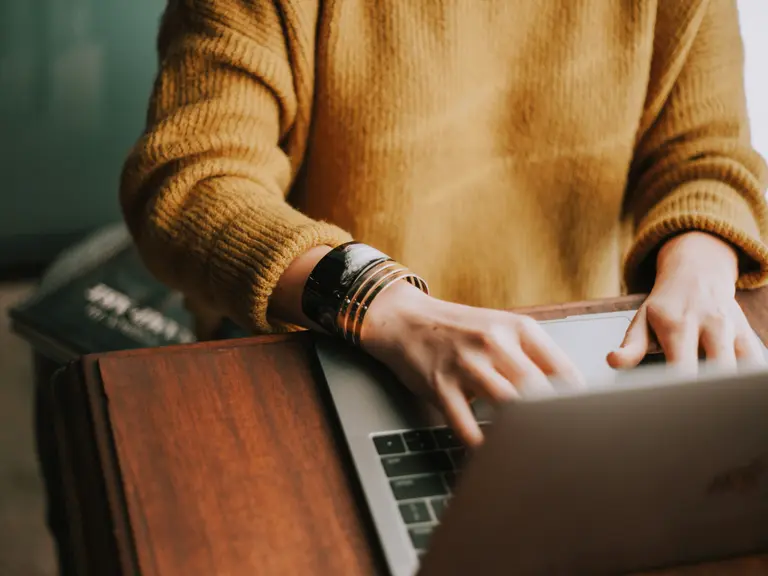

Comments
We love hearing from you. or to leave a comment.